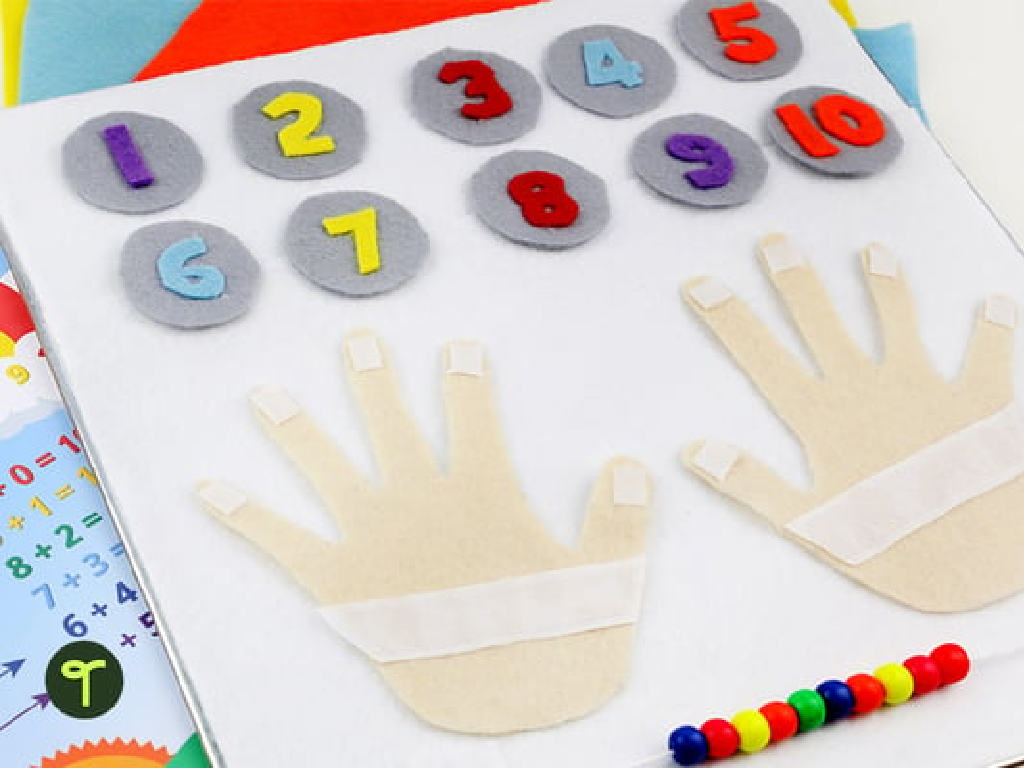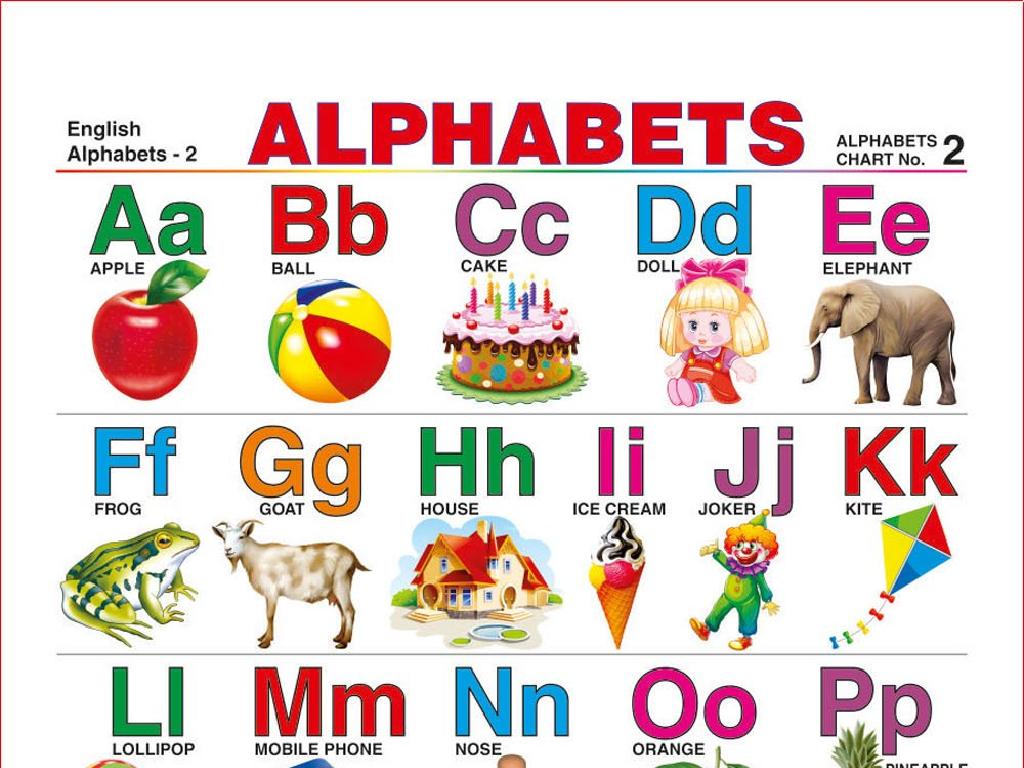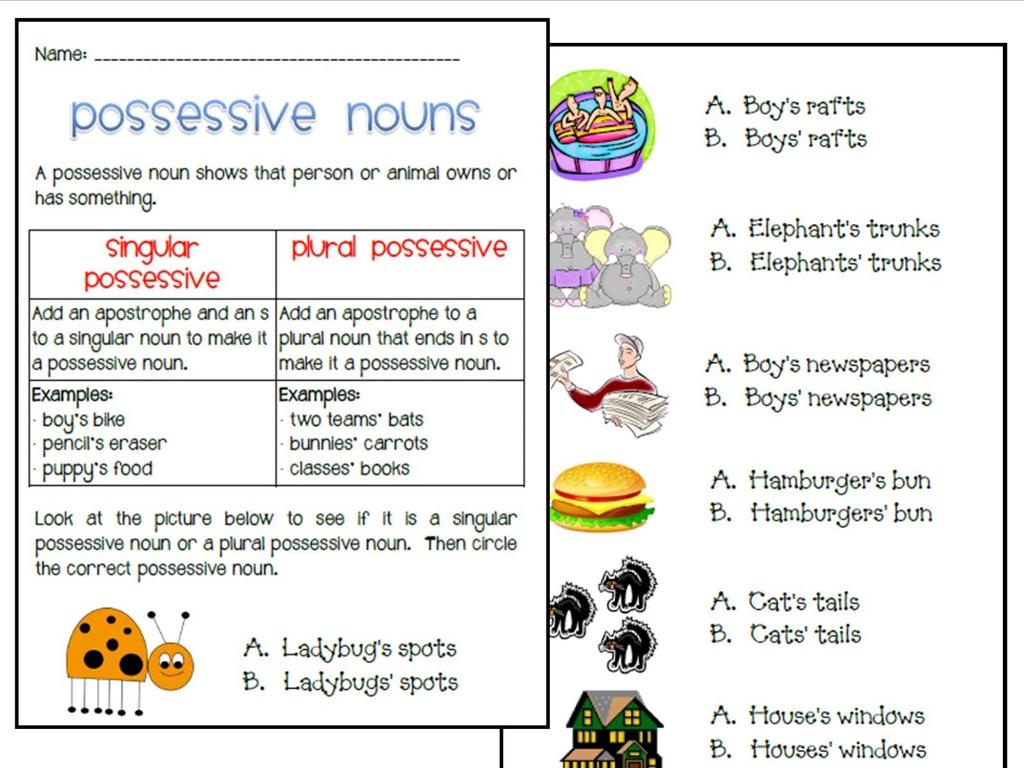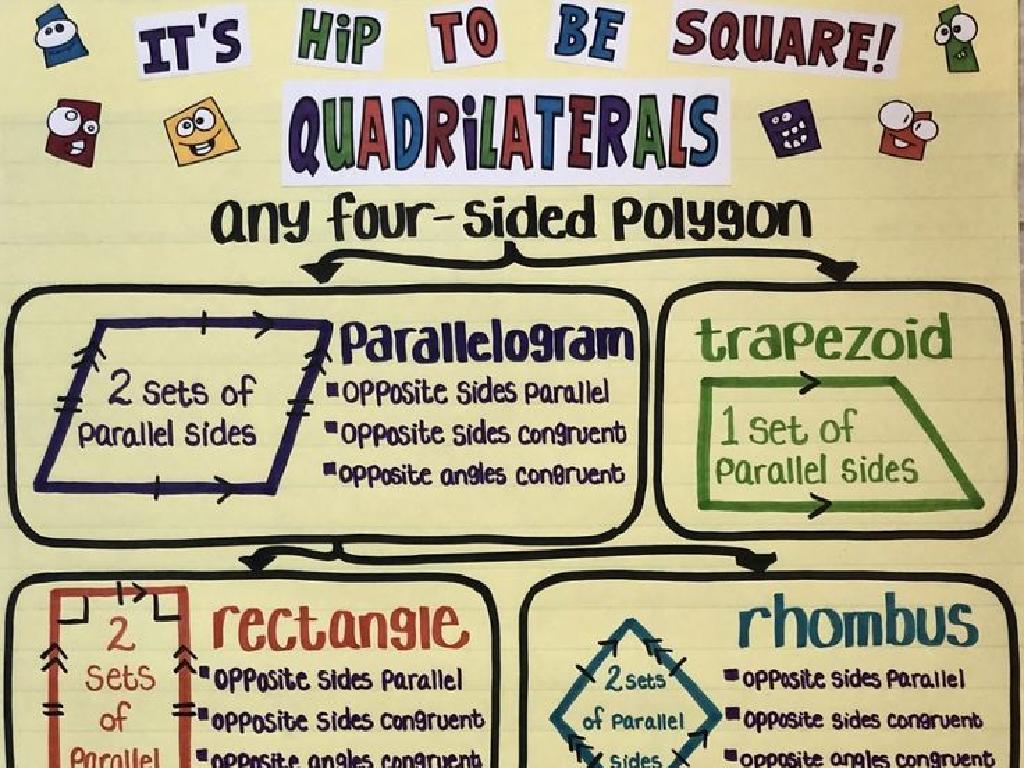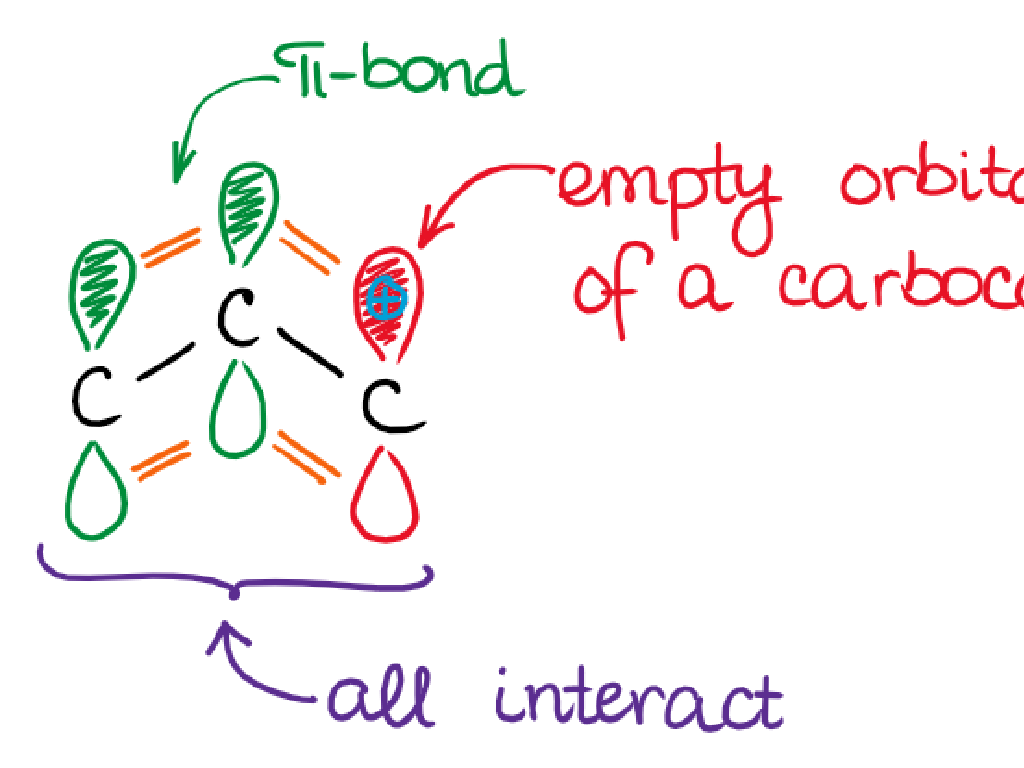Describe The Difference Between Related Words
Subject: Language arts
Grade: Third grade
Topic: Shades Of Meaning
Please LOG IN to download the presentation. Access is available to registered users only.
View More Content
Exploring Shades of Meaning
– Words as close cousins
– Importance of word relationships
– Knowing related words helps us understand texts better.
– Similar words, small differences
– For example, ‘happy’, ‘cheerful’, ‘joyful’ have subtle differences.
– Enhancing reading and writing
|
This slide introduces the concept of shades of meaning by comparing related words to ‘close cousins.’ It’s crucial to explain that understanding the relationship between words can greatly improve reading comprehension and writing skills. Highlight the importance of recognizing that words can be similar yet have distinct nuances. Use examples to illustrate how small differences in meaning can affect how we interpret a text. Encourage students to think of other word groups with subtle differences and discuss how choosing one over the other can change the meaning of a sentence. This will set the foundation for more in-depth activities where students will practice distinguishing between these shades of meaning.
Exploring Word Families: Shades of Meaning
– What are related words?
– Words with similar meanings but not identical
– Words as family members
– Imagine words like cousins in a family
– Examples: ‘happy’, ‘cheerful’, ‘joyful’
– ‘Happy’ is pleased, ‘cheerful’ is bright, ‘joyful’ is full of joy
– Understanding slight differences
|
This slide introduces the concept of related words to third-grade students, helping them understand that while words can be related by having similar meanings, they each have their own unique use and connotation. Use the analogy of a family to explain how words can be ‘related’ to each other, much like family members. Provide examples with ‘happy’, ‘cheerful’, and ‘joyful’ to illustrate how these words are similar yet have distinct nuances. Encourage students to think of other examples and discuss how choosing one word over another can affect the meaning of a sentence. This will help them grasp the concept of shades of meaning and enhance their vocabulary.
Shades of Meaning: Words with Different Strengths
– Words have ‘shades’ of meaning
– Just like colors, words can have slight differences in meaning.
– Describing with varying intensity
– Some words express a feeling or action more powerfully.
– Examples: Whisper, Talk, Yell
– ‘Whisper’ is quieter than ‘talk’, and ‘yell’ is even louder.
– Stronger or weaker word choices
|
This slide introduces the concept of ‘shades of meaning’ to the students, helping them understand that words can have varying degrees of intensity or strength, much like different shades of a color. Use everyday actions or feelings to illustrate this point, such as the difference in volume between whispering, talking, and yelling. Encourage students to think of other sets of words that have similar differences in meaning. This will help them choose more precise words for their writing and improve their understanding of nuances in language.
Shades of Meaning: Walk
– ‘Stroll’ vs ‘Walk’
– ‘Stroll’ is a relaxed, slow walk.
– ‘Walk’ vs ‘Jog’
– ‘Jog’ is a steady, moderate pace.
– ‘Jog’ vs ‘Run’
– ‘Run’ is fast, using more energy.
– Understanding speed differences
|
This slide aims to teach students about the subtle differences in meaning between words that are related to the action of moving on foot. ‘Stroll’ implies a leisurely pace with no rush, often enjoyed in a relaxed setting. ‘Walk’ is a general term for moving at a steady pace. ‘Jog’ suggests a slightly brisker pace that is sustainable over time, often used for exercise. ‘Run’ indicates a much faster pace where both feet may be off the ground at the same time. Encourage students to think of situations where each word would be appropriate and to act out the different paces to reinforce understanding. This activity will help them grasp the concept of shades of meaning in vocabulary.
Shades of Meaning: Levels of Happiness
– ‘Pleased’ vs ‘Ecstatic’
– ‘Pleased’ is mild, like when you get a sticker.
– ‘Happy’ is in the middle
– ‘Happy’ is when you’re smiling, like on a sunny day.
– ‘Thrilled’ shows more joy
– ‘Thrilled’ is very happy, like when you win a game.
– Reflect on your feelings
– Think of a time when you felt really, really happy!
|
This slide introduces students to the concept of shades of meaning through the example of happiness. It explains that words like ‘pleased’, ‘happy’, ‘thrilled’, and ‘ecstatic’ all describe feelings of happiness but at different intensities. ‘Pleased’ is a gentle, contented feeling, while ‘ecstatic’ is an overwhelming joy. ‘Happy’ is the baseline feeling of contentment, and ‘thrilled’ indicates a higher level of excitement. Ask students to share personal experiences that made them feel each level of happiness to ensure they grasp the nuances between these words. This will help them understand that word choice can greatly affect the meaning and emotion in their writing.
Class Activity: Word Spectrum
– Understand word spectrums
– Receive a set of word cards
– Arrange words by intensity
– From ‘whisper’ to ‘shout’, place in order
– Discuss the spectrum with classmates
– Why is ‘giggle’ weaker than ‘laugh’?
|
This activity is designed to help students grasp the concept of shades of meaning by arranging words on a spectrum from weakest to strongest. Distribute word cards to each student and guide them to think about the intensity of each word as they place them in order. Encourage them to use their intuition and context understanding. After arranging, students will discuss their reasoning with classmates, fostering communication skills and deeper comprehension of word nuances. For example, ‘whisper’ is quieter than ‘talk’, ‘talk’ is less loud than ‘yell’, and ‘yell’ is not as intense as ‘shout’. This hands-on activity will make the abstract concept of word intensity more concrete and memorable.
Group Discussion: Exploring Word Spectrums
– Share your word spectrums
– Discuss placement reasons
– Why did you choose that order for the words?
– Identify tricky words
– Were some words hard to order? Which ones?
– Explain placement challenges
– Talk about what made placing some words difficult.
|
This slide is meant to facilitate a group discussion among third-grade students about the shades of meaning in language arts. Students will share the ‘word spectrums’ they’ve created, which are lists of related words ordered by their intensity or subtlety of meaning. The discussion will focus on the reasoning behind the order of words they chose, providing an opportunity to think critically about language nuances. Encourage students to speak up about any words they found particularly challenging to place and to explore the reasons behind these challenges. This activity will help them understand that language is not always straightforward and that words can carry varying degrees of meaning. As a teacher, guide the discussion to ensure each student has a chance to participate and reflect on their learning experience.
Shades of Meaning: Homework Challenge
– Congrats on learning about word shades!
– Homework: Find 3 sets of related words
– Words like ‘happy, joyful, ecstatic’
– Create your own word spectrums
– Arrange them from mild to strong meaning
– Share your spectrums next class
|
This slide wraps up the lesson on shades of meaning and sets up a homework assignment for students to apply what they’ve learned. The homework encourages students to think critically about the nuances in word meanings and to creatively arrange words along a spectrum of intensity. Remind students to look for words that are similar but have different intensities, such as ‘happy, joyful, ecstatic’ and to consider how the context of a sentence can affect which word is most appropriate. In the next class, students will have the opportunity to present their spectrums, fostering a collaborative learning environment where they can learn from each other’s insights.

